Bookworm: February 2024
'Learning to Breathe,' 'Killers of the Flower Moon,' 'The Heaven & Earth Grocery Store,' 'Forever...,' 'Another Country'
This post contains an affiliate link or links. If you use a link to buy a book, I may earn a small commission. You can find all the books that have been featured in this newsletter in my Bookshop store.
Hope you enjoyed your extra day of reading this month!
Table of contents
Young adult: “Learning to Breathe,” by Janice Lynn Mather
History/True Crime: “Killers of the Flower Moon,” by David Grann
Fiction: “The Heaven & Earth Grocery Store,” by James McBride
Young adult fiction: “Forever…,” by Judy Blume
Fiction: “Another Country,” by James Baldwin
“Learning to Breathe”
For Year 2 of a global literary tour, I’m reading authors from countries that start with B. A search for authors from the Bahamas turned up Janice Lynn Mather and her young adult novel “Learning to Breathe.”
The Caribbean setting may be the loveliest aspect of this story. From the opening pages, it’s clear that our protagonist, teenage Indy, is in a terrible situation that she didn’t choose to be in. Nor does she have much support. She’s recently moved in with extended family who have taken her in reluctantly as a favor to her beloved grandmother. Her new schoolmates aren’t inclined to be friendly. We learn that Indy’s mother is not at all up to the demands of parenting.
Then Indy stumbles upon a yoga retreat where she finds the kindness and patience that have been in short supply since she came to her new home. Maybe whatever these folks are doing could work for her, too.
I found this an incredibly sad story, but one that probably reflects reality for too many teens.
“Killers of the Flower Moon”
I first read and marveled at David Grann’s book shortly after it came out in 2017. Long enough ago that when my book club chose it as our February title, I was eager to revisit it. This time I chose the audiobook version. That lent the story a degree of intimacy I hadn’t experienced the first time, as narrators Will Patton, Ann Marie Lee and Danny Campbell filled my ears with the shocking and maddening details of a true crime against humanity.
Like Grann, I’d learned nothing about the Osage murders in school. Growing up in the northeastern United States, I learned next to nothing about Indigenous peoples and their histories, period, in school. My father was the unlikely source of my first awareness that there was much more to Native history beyond the few paragraphs in textbooks about Pilgrims and the French and Indian War. I was probably in middle school or early high school when he handed me Dee Brown’s “Bury My Heart at Wounded Knee: An Indian History of the American West” and said it was an important book. Now I wonder how a Taiwanese immigrant who’d spent all of four months in one small city on the West Coast connected with this book; then I took him at his word and read it. It was like lifting a curtain that had long blocked a window.
Reading and listening to “Killers of the Flower Moon” felt like that, too. It seems appropriate that Grann learned about the Osage murders in similar fashion:
One day when I visited the Osage nation museum, in 2012, I saw a panoramic photograph on the wall. Taken in 1924, it showed a seemingly innocent pageant of members of the tribe and white settlers. But the photo had a section missing—it had been cut out. When I asked the museum director why, she said because it contained the image of a figure so frightening that she’d decided to remove that piece of the picture. She then pointed to the missing panel and said, “The Devil was standing right there.” Later, she went down into the basement and brought up an image of the missing panel, which showed one of the masterminds behind the killings of the Osage for their oil wealth, during the early 20th century.1
“Killers of the Flower Moon” is the story behind that piece of the picture. It’s a story I wish every American learned in school.
“The Heaven & Earth Grocery Store”
The email from a family member mentioned James McBride’s latest novel and asked, “Have you read it and did you like it and what is it about?”
This family member enjoys discussing books and, when I visit, often sets books they think I might like on the guest room nightstand. So the least I could do was read this one and answer their questions.
Did I like it? I liked the period setting and the well-drawn characters and the dialogue. I liked its kaleidoscopic approach — spin once, and we’re looking at the Jewish theater owner’s perspective; spin again, and we’re seeing a Black woman’s experience; spin once more, and we’re in the head of Doc Roberts the Klansman. I didn’t have a strong emotional response to the book. I came away with more of an academic admiration for the work.
What is it about? I would say it’s about the community revolving around the titular business, a community that’s been marginalized and taken for granted by the ruling class in Pottstown, Pennsylvania. When a member of that ruling class finds his reputation and social standing in danger, he uses his privilege to cast a child from this community into a terrible situation. Cue community bonding — though no one is about to start holding hands and singing together, they set down suspicions and grudges in the name of a shared grievance.
“Forever…”
I joined a book club of fellow Gen X moms last fall and the first thing we did was a nostalgic revisit to a Judy Blume classic, “Are You There, God? It’s Me, Margaret.” During our discussion, I realized that while I was well versed in Blume’s books for kids and tweens, I’d never read any of her “older” books. And I was curious about the furor that’s surrounded “Forever…” since its 1975 publication.
Talk about a book that might not get published today. In a matter-of-fact, almost dry voice, high school senior Katherine narrates the story of her romance with a boy her age named Michael. When they decide to start having sex, she makes an appointment at Planned Parenthood, has a pelvic exam and gets a prescription for birth control. Blume, a longtime advocate for Planned Parenthood, describes all of these events in clinical detail. When Katherine and her friend Erica discuss Erica’s teenage cousin, who’s decided to carry an unplanned pregnancy to term and put the baby up for adoption, the girls talk about abortion as an option they take for granted — remember, Blume published this book just two years after the Supreme Court’s Roe v. Wade ruling.
Katherine and Michael swear they’ll love each other forever and eagerly anticipate having more time together over their summer break. Then their parents step in to ensure they’ll be separated by several states. In those pre-digital days, when a long-distance phone call was an event, this is a real setback.
I wished I’d read this book as a teen. (Sex education in school was one of the greatest gifts the universe ever gave my parents, but it still covered only the physiological side.) Katherine is an idealization, but she’s relatable in how she gets swept up in the emotional intensity of her relationship, sure that she’ll be in this moment always — until she isn’t.
“Another Country”
A bookstore I follow on Instagram recently issued a challenge: Read James Baldwin this year. I hadn’t read Baldwin since college. So on a trip to the library, I headed to the B’s in fiction and grabbed the first book I saw, “Another Country.”
The photo of a drummer on the cover of the edition I read felt apt. The country Baldwin takes us to tour is love, and the 1960 novel feels like an extended riff on the subject. We meet a group of friends in Manhattan who today would be called creatives: Rufus, a musician; Eric, an actor; Vivaldo and Richard, writers; Cass, Richard’s wife; and Ida, Rufus’ sister and a would-be singer. Rufus and Ida are Black; the rest are white. The narrative passes from character to character while they perform variations on a theme: interracial love, same-sex love, the platonic love of longtime friends, the mundane love of the long-married couple. There are moments of sheer bliss and sheer terror.
I studied Baldwin in what were then known as expository writing classes — what today would be called creative nonfiction — so it was a pleasure to find this novel as sinewy and evocative as his essays. Love feels like a sojourn in “Another Country,” a trek of unknown duration and destination across unfamiliar ground. It takes Baldwin’s characters on unexpected detours in a noirish New York where it always seems to be raining or really late at night. What a trip.
Interview with David Grann, Prologue Magazine, National Archives
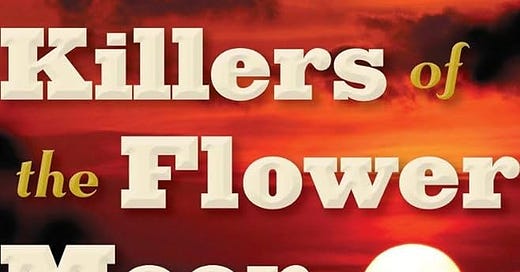


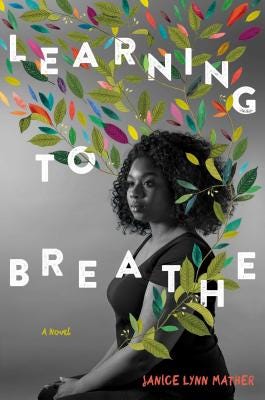

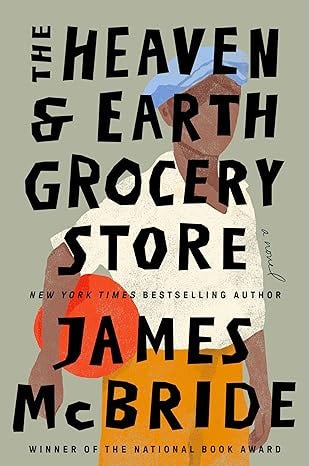
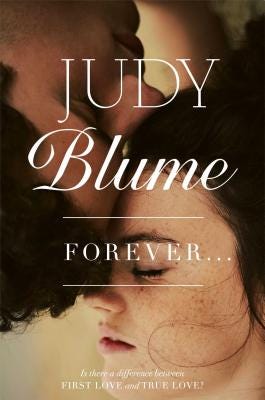
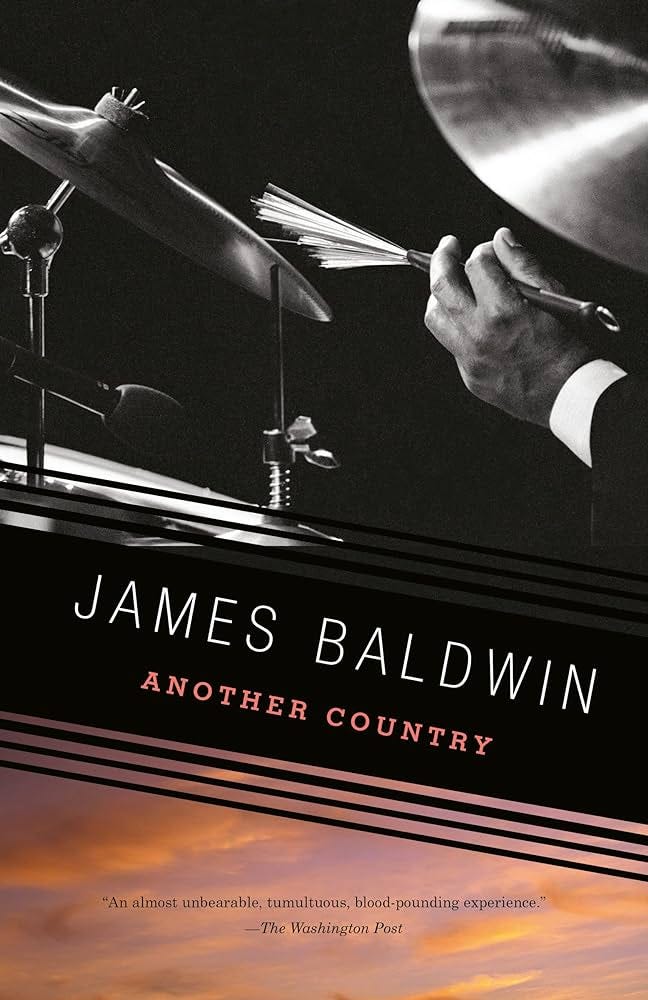
I am finishing up Prophet Song by Paul Lynch and Killers of the Flower Moon is next.
I too have recently read "The Heaven and Earth Grocery Store" and I'm a little surprised by your reaction, because I found it both gut wrenching and funny. The scenes in the so called hospital I still can't bear to think about; some of the dialogue still makes me giggle. And I have been rereading Baldwin (I didn't know I was supposed to), both is fiction and nonfiction. "Another Country is among other things a love letter to New York, and it's a roman a clef. Painter Beauford Delaney is clearly one of the characters. I recommend Baldwin's last novel, "Just Above My Head," strongly. Thanks for this interesting post, bookworm, I'd like to read "Twenty Acres", world enough and time.